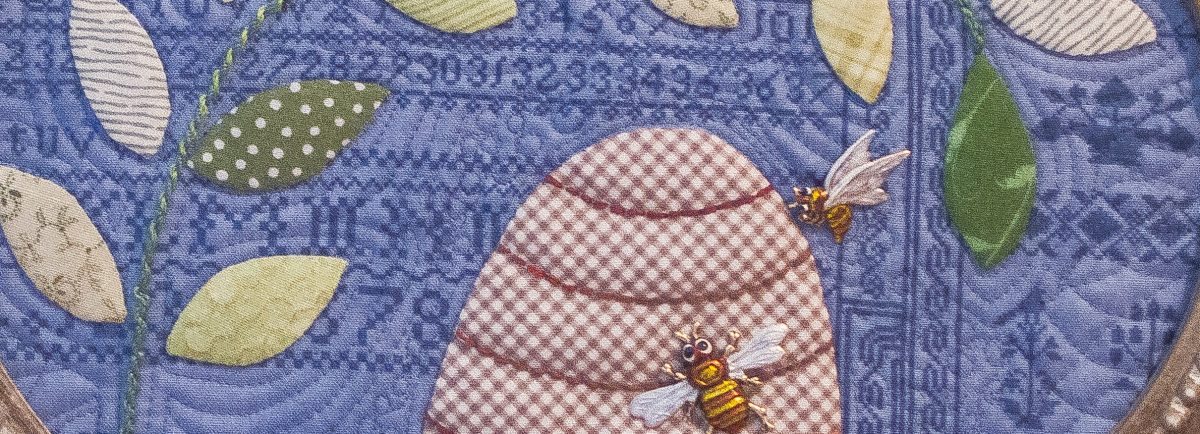I have a friend Paul who has a way with words. He peppers daily conversation with phrases that keep you on your toes. When I get an email from him, I savor it because I can revisit the conversation with him without strugglng to remember exactly how he put it.
Paul gave me permission to share a recent email message. You can see what I mean.

Sandy,
For reasons I don’t fully remember, I’ve refused to buy Jean a Valentine gift. I’ve insisted on making something and have persisted doing so for several decades. These gifts are often something which might make a grade schooler’s mom roll her eyes. Roll them enough to hurt. Carved pennies, personalized mini-street signs, repainted toy horses and many efforts I can no longer recall. It can be surprising difficult to get inspiration and that solution often comes at the last moment.
Several weeks ago, a valentine’s themed dishtowel at Ingle’s found its way into my cart. I had no thought of how to use it.
On Valentine’s eve, when I should have been working, I noticed A Beekeeper’s Daughter among my favorites. Loving Hearts quickly made this year’s solution clear. A trip to the local Walmart provided the needed supplies. It also created several “deer in the head lights” experiences as small children rounded corners at top speed, stomped past the thread display far too close to my recently operated on foot and disappeared around the next aisle before I could think of something mean to yell at them. They knew what they were doing. I froze in terror with no clue which way to run.
At the end of the next work day I hand stitched my version of a Loving Heart. Jean seemed satisfied.
Thank you for the last minute inspiration.
Paul
Here are photos of some of Pauls heart projects.



And, if you are wondering, yes, my Loving Hearts quilt is finished. Once I attach the label, a blog with photos will be posted.
















































































